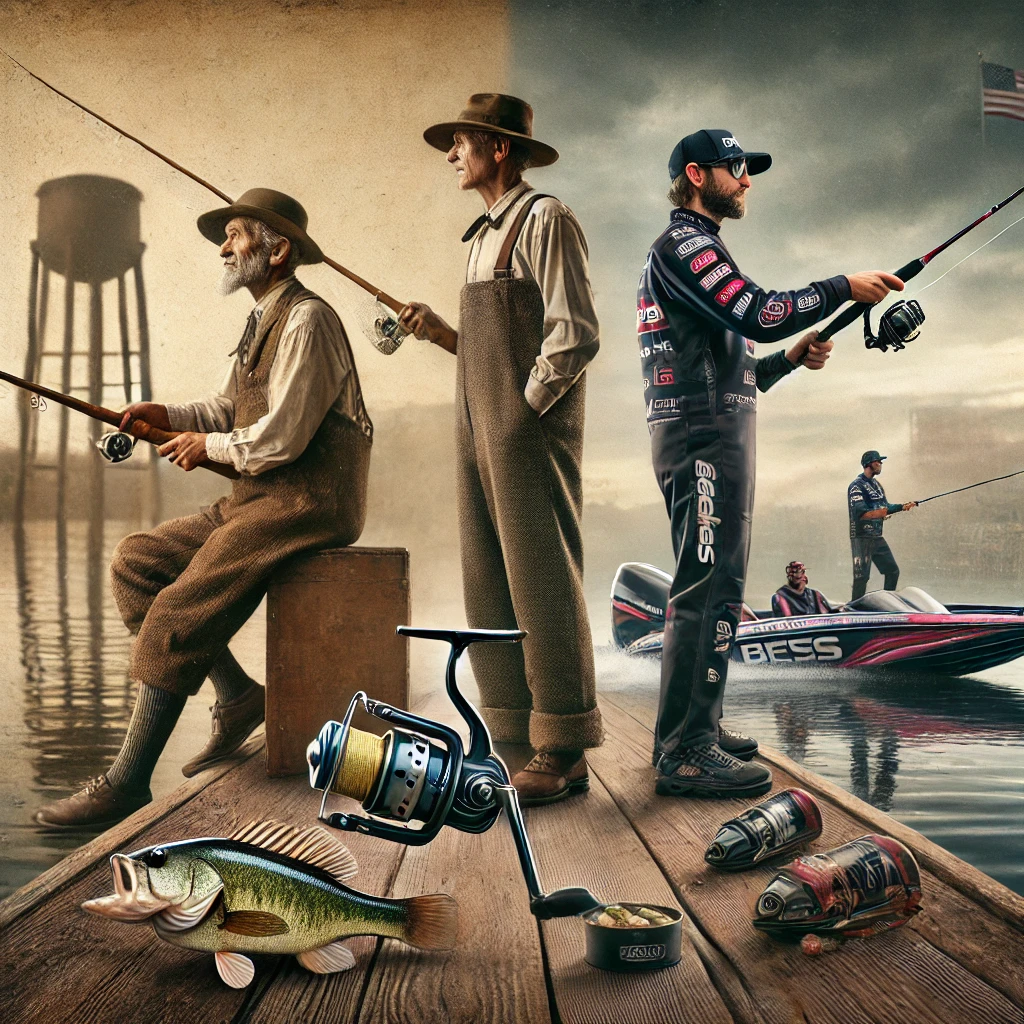The Evolution and Global Appeal of Bass Fishing

The captivating narrative of bass fishing traces its roots back to the late 18th century, a humble beginning possibly driven by the necessity for sustenance among the inhabitants of the southern United States. Over the centuries, it has evolved into a widely embraced activity, captivating enthusiasts of all ages and nationalities. Today, nations like Australia, Cuba, South Africa, the United States, and much of Europe actively engage in this angling pursuit.
Key milestones punctuate the historical timeline of bass fishing:
In 1768 or 1770, the inception of bass fishing as a sport can be attributed to Onesimus Ustonson, who introduced the first multiplying reels to fishing enthusiasts. This primitive setup eventually evolved into the more sophisticated bait caster.
Fast forward to 1897, and William Shakespeare Jr. materializes the production of a level wind device, securing its patent—a crucial step in the advancement of fishing technology.
In 1915, the William J. Jamison Co. introduced the intricately designed Shannon Twin Spinner, a precursor to today's spinner baits, showcasing the continuous innovation within the sport.
The year 1932 witnessed President Franklin D. Roosevelt's initiation of the Tennessee Valley Authority, leading to the construction of numerous dams. These dams, originally intended for various purposes, were later repurposed for the cultivation of different bass fish varieties.
DuPont Company filed a patent for the nylon fishing net in 1937, a breakthrough that eventually evolved into the nylon monofilament fishing line.
The pinnacle of bass fishing history arguably occurred in 1992 when Larry Nixon, a renowned fisherman, achieved a remarkable milestone by winning a total of $1 million in earnings for the sport.
The focal species in bass fishing events include Micropterus salmoides (Lacepede) or Largemouth Bass, Micropterus dolomieui or Smallmouth Bass, and Micropterus punctatus or Kentucky Bass. Although other species of Micropterus are also caught, the Largemouth Bass remains particularly popular. Notably, Australian Bass differs from their North American counterparts, despite sharing some common features.
The 1950s marked a significant era for bass fishing, witnessing a surge in its popularity. This period served as a catalyst for the modernization of fishing equipment, including bass boats, rods, lines, lures, and various fishing gears. Electronic tools also made their debut among the equipment used by bass fishers during this transformative era. Reels of diverse types, designed for hauling and hoisting, were innovations that further enriched the angler's toolkit.
The economic impact of the bass fishing industry on the United States is substantial, with a recorded contribution ranging between $50 to $70 billion. This figure continues to ascend, reflecting the growing prominence of the sport. Comparative statistics indicate that the audience base for bass fishing is expanding, drawing more interest than traditional sports like tennis and golf. The trajectory of bass fishing is one of continuous evolution, blending tradition with innovation, ensuring its enduring appeal across the globe.
Please Share this Article with your Friends or Colleagues.
From the Author: Earnest Sherrill
If there's one message I hope to leave with my readers, it's this: Don't wait. Get outside, explore, and create your own memories in the wild while you still can. Whether it's a weekend camping trip, a day hike, or even just sitting quietly in a park, the outdoors offers something for everyone.For those who share my passion or simply want to support a voice dedicated to celebrating the wild, consider helping sustain this work. Your support allows me to continue writing, reflecting, and sharing the wonders of the natural world.
Together, we can keep the spirit of the outdoors alive, one story, one adventure, and one "coffee" at a time.
Recent Posts
Subscribe Here
Subscribing will enable you to get regular notifications about new postings, and blah blah blah...Submit your Site


